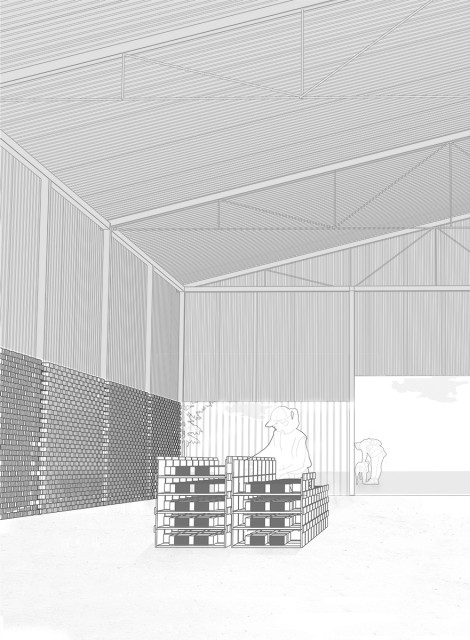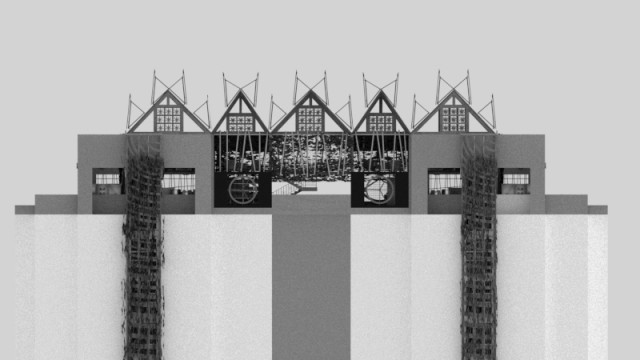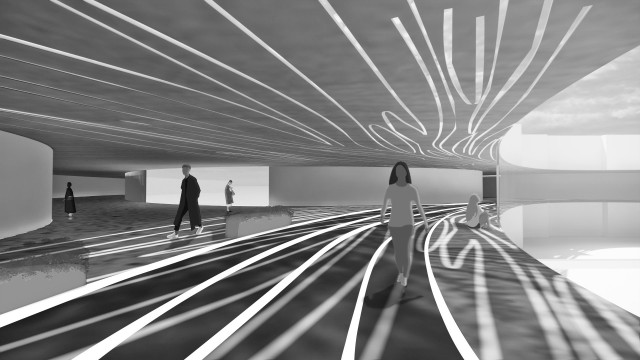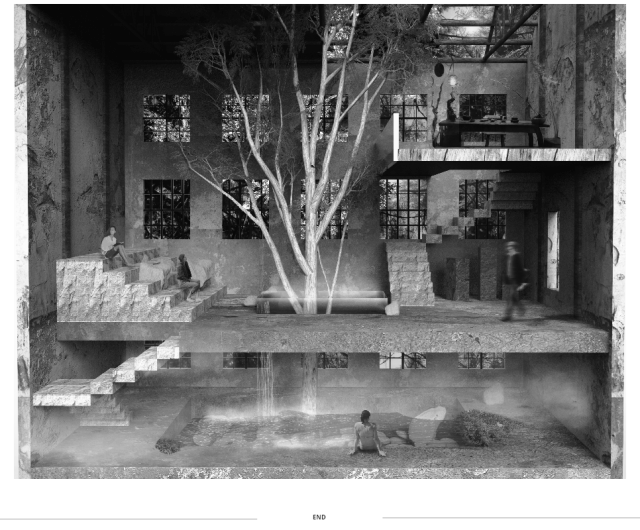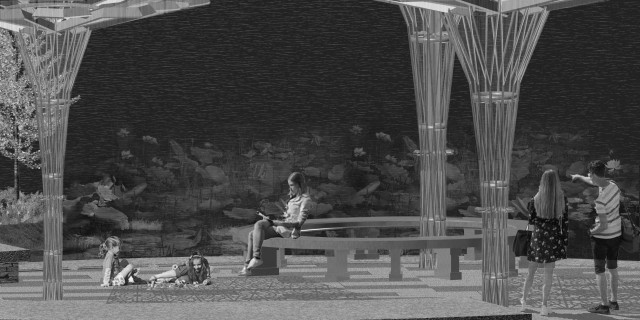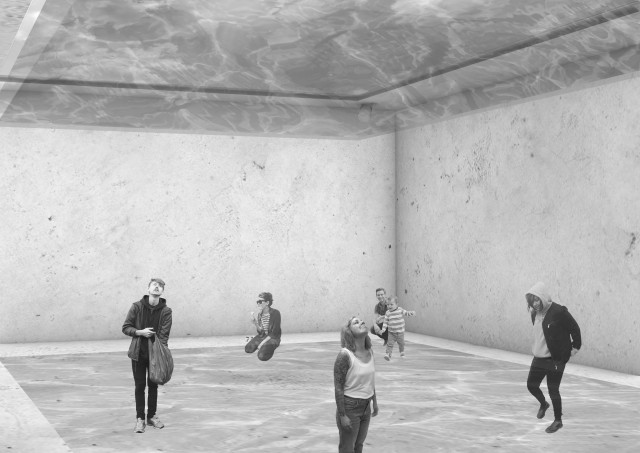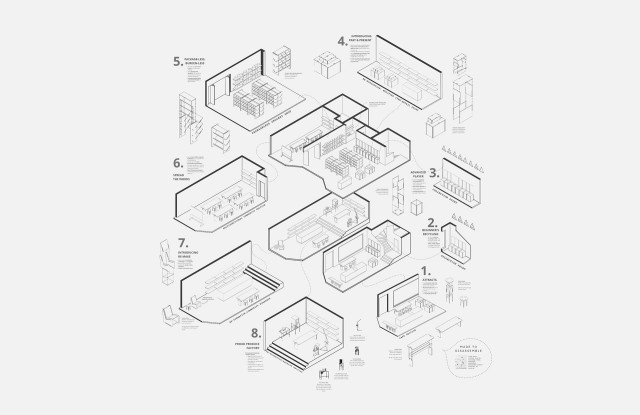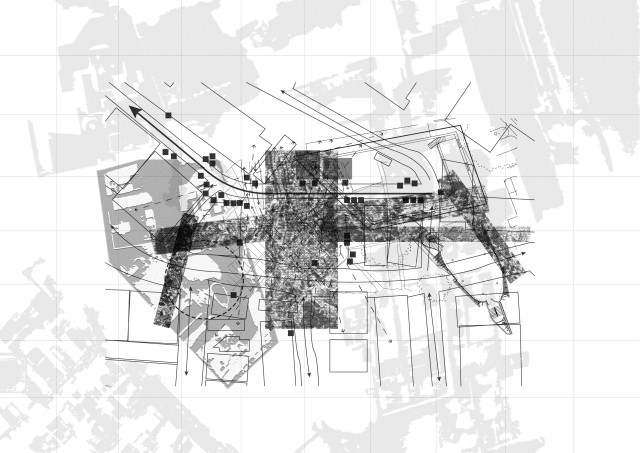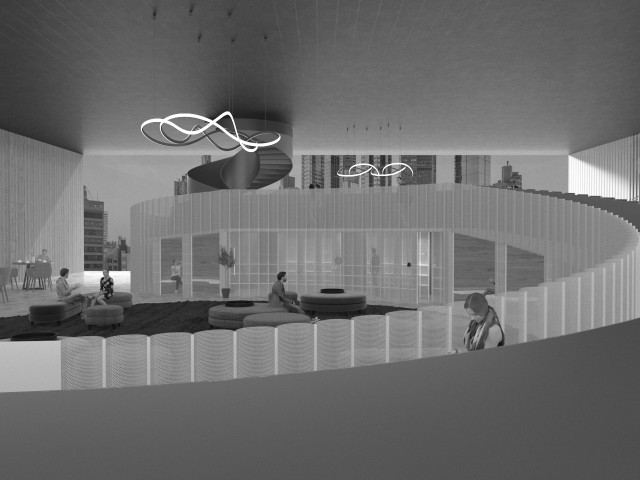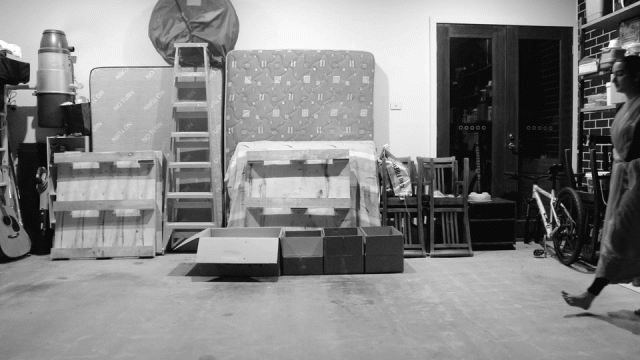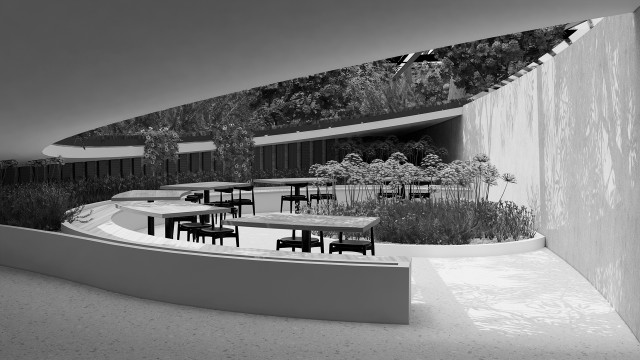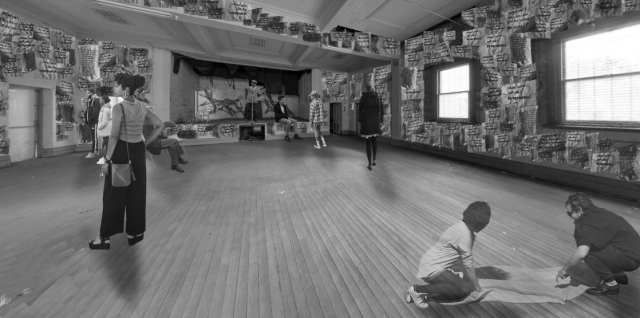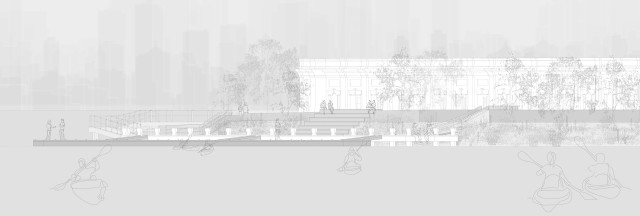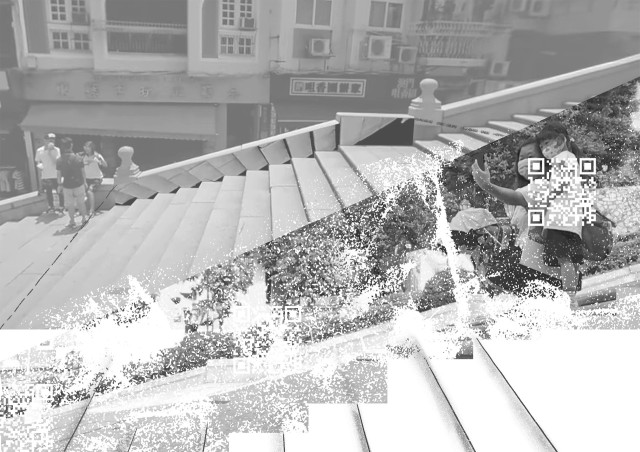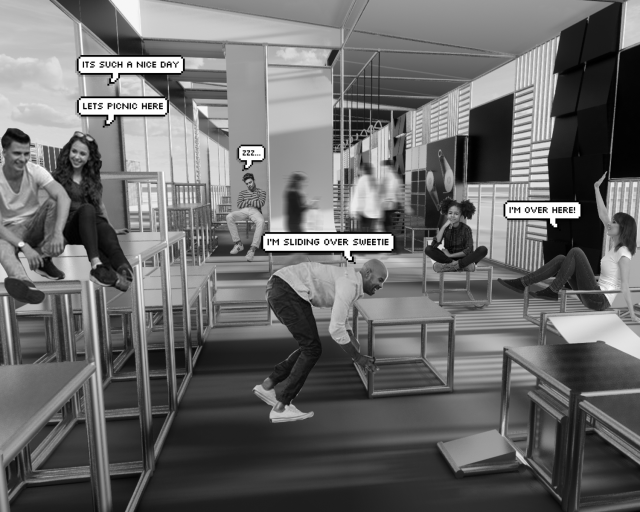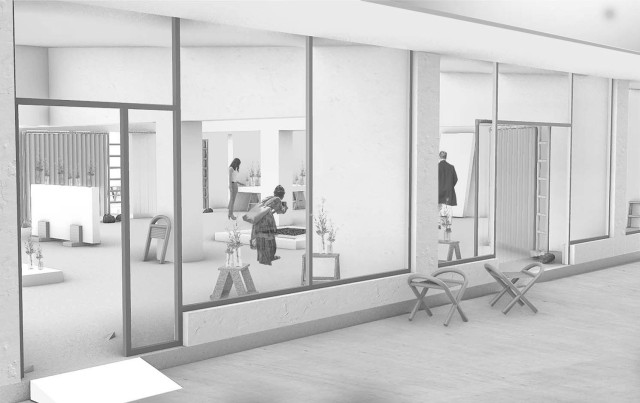Maggie Xiting Zhang, In Boundary [×]
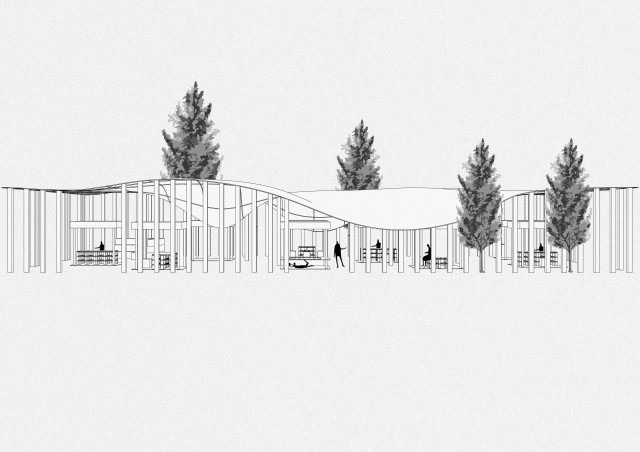
In Boundary is a space that seems to be overlooked in the practical interplay of our interiority and exteriority of the world. Boundary is always taken as an end of one space that divides this space from another. However, boundary itself has the potential to be a space with permeability between inside and outside, which can provide a view to the entity in transversal movement. In Boundary explores this position of the boundary as a situational condition that unpacks actively with the symbiosis of nature and structure; visitor and local culture, in relation to duration and space. This project challenges the tradition of boundary as divisions and enclosures and considers techniques encountering the interior through build up of the in-between to involve communication, highlighting the gestures of care to neglected groups.
The mountains areas are a neglected group revealling the difficult life from lack of opportunities to interact with the outside world. However, they have plentiful local products, beautiful landscape and many local artists. Its intermediate platform is therefore crucial in helping villagers to have a stage to show more. Situated at the entrance road to the Long Chi, China, this site is a series of situations explored in relation to ideas of the permeable boundary and offers an open interior of communicating with local people, encountering the landscape and culture.
This project addresses the concern of the relative slow development and poverty in mountainous areas that have gradually made them a marginalized group. Affected by the epidemic in the past two years, many people have lost their jobs; their sources of income have decreased. By creating a platform to highlight existing details, cultures and flows within the site and environment, this concept of permeable boundaries aims to generate period and spatial dynamism in an attempt to bring more visitors and other artist in; taking more products and experience out.
This project is aim to provide an opening for local development, increasing extra foot traffic and communication in the area. It also offers the possibility of future development of local industries related to food and beverage, accommodation, transportation and tourism.






